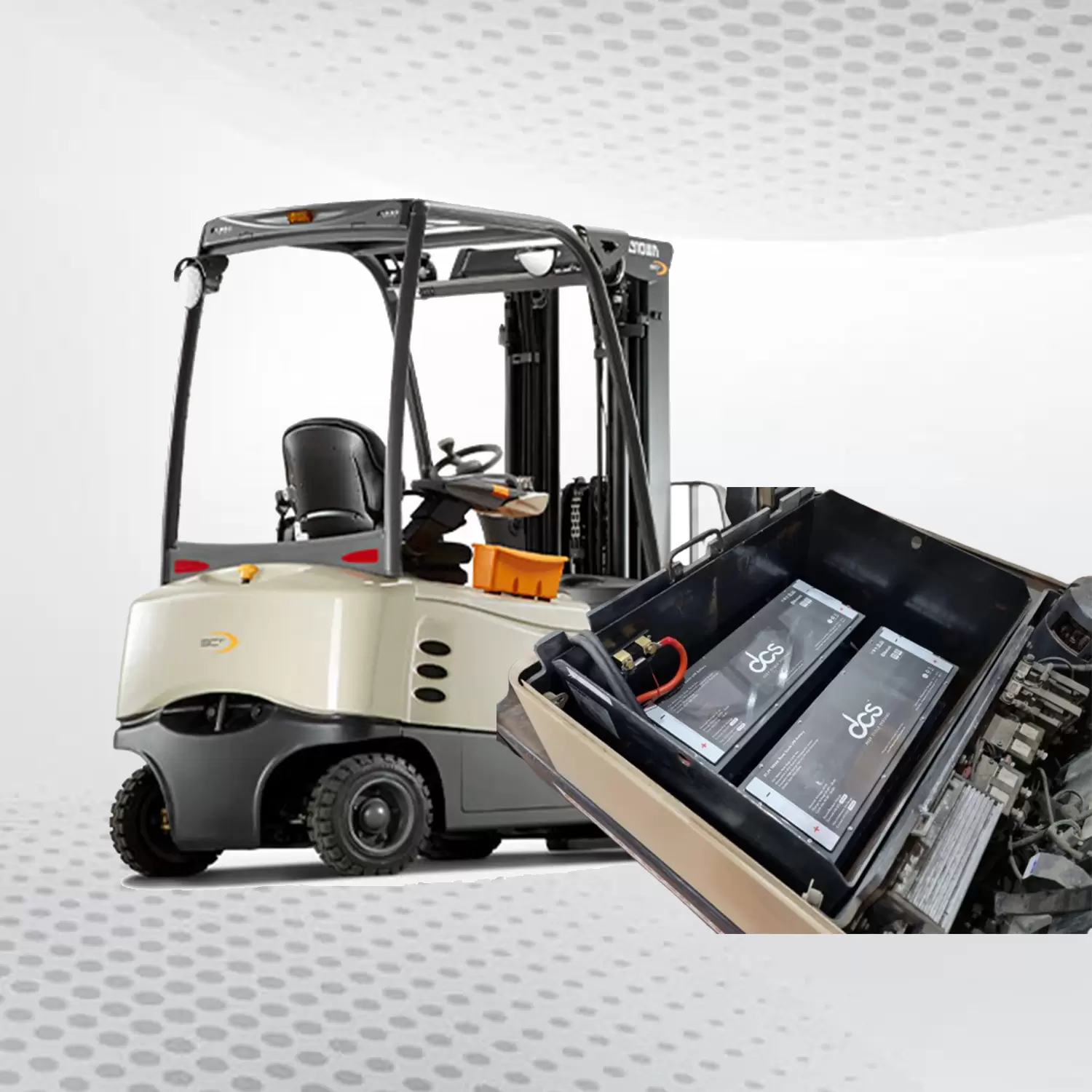Solar energy has taken the world by storm, providing a sustainable and renewable power source for homes and businesses. However, one crucial component often overlooked is solar battery life. Understanding how long your solar batteries will last and what factors play into their longevity can dramatically affect your energy efficiency and savings. But what are solar batteries exactly? They’re not just storage units; they have immense potential to revolutionize energy consumption. The performance of these batteries hinges on various elements beyond mere usage—climate, temperature, equipment quality, and maintenance all come into play.
What are Solar Batteries?
Solar batteries are essential components of solar energy systems. They store excess energy generated by solar panels for later use, allowing homeowners and businesses to harness renewable energy even when the sun isn’t shining. These batteries come in various types, including lithium-ion, lead-acid, and saltwater. Each type has its unique characteristics, advantages, and limitations.
When sunlight hits your solar panels during the day, they produce electricity. Any surplus power not used instantly gets directed into the battery for storage. Later, this stored power can be drawn upon during cloudy days or nighttime hours. The importance of Solar Battery cannot be overstated. It enhances energy independence and ensures a steady electricity supply without relying solely on grid power. As interest in sustainable living grows, so does the demand for efficient solar battery solutions.
Factors Affecting Solar Energy Storage
Several factors influence solar energy storage, and understanding them can significantly enhance Solar Battery. Climate plays a crucial role. Extreme temperatures—whether too hot or too cold—can affect the efficiency of solar batteries. Warmer weather may shorten their lifespan, while colder conditions can decrease performance.
Usage patterns also matter. The frequency and amount of energy the system draws impact how long your backup power lasts. A higher capacity system may store more energy but requires careful monitoring to avoid overuse. The quality of equipment cannot be overlooked. Investing in superior components ensures better durability and efficiency for your entire setup. Quality batteries often come with more extended warranties, reflecting their reliability in storing solar power effectively.
– Climate and Temperature
Climate and temperature play crucial roles in determining Solar Battery. Extreme weather conditions can significantly impact the performance and longevity of solar batteries. High temperatures may accelerate chemical reactions inside batteries, leading to quicker degradation. If your area experiences prolonged heat waves, monitoring how your system responds is essential.
Conversely, cold climates can also be detrimental. Low temperatures reduce battery efficiency by inhibiting chemical activity within the cells, often resulting in diminished storage capacity during winter months. Humidity is another factor to consider. Excessive moisture can cause corrosion or other damage to battery components over time.
Understanding local climate patterns allows you to tailor maintenance strategies for optimal Solar Battery power management and enhance overall energy storage effectiveness.
– Usage and Capacity
Usage and capacity are crucial factors that directly influence Solar Battery. Using your stored energy can significantly affect how long a battery lasts. Regularly discharging the battery completely or overusing it can lead to rapid degradation. Capacity refers to the energy a solar battery can store, usually measured in kilowatt-hours (kWh). If your household demand exceeds this capacity, you risk draining the battery too quickly. This shortens its lifespan and hinders your ability to rely on backup power when needed.
Understanding your daily energy requirements helps determine the right size for your solar storage system. A properly sized system ensures that you maximize efficiency while maintaining optimal battery health over time. Balancing usage with capacity is key to achieving sustainable performance from your solar setup.
– Quality of Equipment
The quality of equipment plays a crucial role in determining Solar Battery. High-quality batteries are designed to withstand various stressors, including temperature fluctuations and frequent discharge cycles. Investing in reputable brands can lead to better performance and longevity. These manufacturers often use advanced materials that enhance energy retention and reduce degradation over time.
Additionally, the integration of robust technology ensures safety during operation. Batteries equipped with built-in monitoring systems allow users to monitor performance metrics, further extending their lifecycle.
Low-quality options may seem appealing due to lower initial costs, but they can result in more significant expenses. Poorly constructed batteries may fail prematurely or require constant maintenance, negating upfront savings. Choosing durable components is essential for maximizing your Solar Battery power capabilities while ensuring reliability throughout its lifespan.
Maintenance Tips for Extending Solar Battery Backup
Maintaining your solar battery backup is essential for optimal performance. Start by regularly checking the terminals for corrosion. Clean them gently with a wire brush if necessary. Monitor battery levels frequently. This ensures you don’t over-discharge, which can shorten lifespan significantly.
Temperature control plays a crucial role as well. Keep your batteries cool and dry to prevent overheating during hot seasons. Consider implementing regular testing of your solar system’s overall efficiency. This helps identify potential issues early on before they escalate into costly repairs.
Remember that dust and debris can accumulate around your panels and connections. Schedule periodic cleaning sessions to maximize energy absorption and protect components from damage.
Choosing the Right Power Solar Battery for Needs
Choosing the correct Power Solar Battery can feel overwhelming, but a few key factors can simplify your decision.
First, assess your energy requirements. Calculate your daily usage to determine how much storage capacity you need. This will help you select the right size and type of battery.
Next, consider your budget. Prices vary widely based on technology and brand. Lithium-ion batteries often cost more upfront but offer longer lifespans and better efficiency than lead-acid options.
Don’t overlook compatibility with your existing solar system. Ensure the battery integrates seamlessly with your inverter and other components for optimal performance.
Think about warranty and support services from manufacturers. A solid warranty indicates confidence in the product’s longevity and reliability, which is essential when investing in Solar Battery power solutions.
Common Misconceptions about Solar Battery Storage
Many people believe that Solar Battery Storage are only for off-grid living. This isn’t true. They can enhance energy efficiency for any home, reducing reliance on the grid. Another common misconception is that all solar batteries require constant maintenance. While some models do need occasional checks, many modern options are designed to be virtually maintenance-free.
Cost is often seen as a significant barrier. However, with decreasing prices and available incentives, investing in solar storage can lead to significant long-term savings. Some also think solar batteries won’t work during cloudy days or at night. In reality, they store excess energy collected during sunny periods for use when sunlight isn’t available.
People frequently underestimate their lifespan, too. High-quality solar batteries can last over a decade if properly cared for and maintained, making them a worthwhile investment in sustainable energy solutions.
Eco-Friendly Options for Disposing Old Solar Batteries
Disposing of old solar batteries requires careful consideration. These components contain materials that can be harmful if not handled properly. Fortunately, eco-friendly disposal options exist to ensure minimal environmental impact. Many manufacturers offer take-back programs for used batteries. This initiative allows consumers to return their old units for safe recycling. Check with your battery provider to see if such services are available.
Local recycling centers often accept solar batteries as well. Some facilities specialize in handling electronic waste and can process these items responsibly. Another option is partnering with organizations focused on sustainable practices. They may facilitate collecting and adequately disposing of solar batteries while promoting awareness about renewable energy sources.
You should also always research local regulations regarding battery disposal. Staying informed ensures you follow best practices and protect the environment and public health.
Comparison of Different Types of Solar Batteries
When exploring solar battery options, it’s essential to understand the differences between types. Lead-acid batteries are often the most affordable choice. They have a shorter lifespan but are reliable for backup power. Lithium-ion batteries stand out for their efficiency and longevity. They typically last longer than lead-acid alternatives and can handle more charge cycles, making them ideal for daily energy needs.
Saltwater batteries offer an eco-friendlier option. While they may not provide the same energy density as lithium-ion or lead-acid systems, they’re safer and made from non-toxic materials. Flow batteries present another innovative solution. They allow easy scalability by separating energy storage from power generation, but they tend to be bulkier in design.
Understanding these distinctions helps homeowners make informed decisions about solar storage that align with their requirements. Each type has its unique benefits tailored to different lifestyles and budgets.
Safety Tips for Maximizing Solar Energy Storage
Safety is paramount when maximizing solar energy storage. Begin by ensuring that all installations comply with local electrical codes. This will reduce the risk of accidents and ensure optimal performance. Regularly inspect your solar battery system for any signs of wear or damage. Look for corrosion, leaks, or unusual sounds coming from the batteries. These can indicate potential hazards that need immediate attention.
It’s also wise to keep your batteries in a well-ventilated area to prevent overheating. Proper airflow helps maintain an ideal temperature range, which enhances efficiency and longevity. Always use appropriate gear when handling batteries, including gloves and safety goggles. Protecting yourself during maintenance tasks is essential.
Educate yourself on the unique requirements of your specific battery type. Each one may have different handling protocols or charging needs crucial for safe operation.
Innovative Technologies to Improve Solar Battery Performance
Innovative technologies are transforming the landscape of solar battery performance. One exciting advancement is the development of solid-state batteries. These offer improved energy density and safety, making them a game-changer for solar power storage.
Moreover, artificial intelligence (AI) is now integrated into battery management systems. AI algorithms optimize charging cycles and monitor health metrics in real-time, ensuring maximum efficiency and longevity of your Solar Battery. Another breakthrough comes from advancements in lithium-sulfur batteries. They promise higher capacity at a lower cost compared to traditional lithium-ion options.
Additionally, companies are exploring nanotechnology to enhance conductivity within cells. These materials can lead to faster charging times and better overall performance. Innovative grid technology allows for seamless integration between renewable energy sources and home systems, maximizing energy utilization while minimizing waste.
Conclusion
Understanding solar battery life is crucial for maximizing your energy efficiency. The right approach to maintenance can significantly extend the lifespan of your solar storage. Choosing quality equipment tailored to your specific needs lays a solid foundation. Remember, not all batteries are created equal. Climate conditions play a significant role in performance; adjust usage patterns based on seasonal changes for optimal results. Stay informed about innovative technologies that can enhance longevity and functionality. This field is rapidly evolving and regularly offers promising advancements. Eco-friendly disposal practices are also vital as you replace old units. Responsible management contributes positively to our planet’s health while ensuring compliance with regulations.
FAQs
What is the average lifespan of a Solar Battery Life?
The average lifespan of a Solar Battery Life varies depending on its type and usage. Lead-acid batteries typically last 3-5 years, while lithium-ion batteries can last 10-15 years or more with proper maintenance.
How do I know when my solar battery needs replacement?
Reduced charging capacity, longer recharge times, or visible swelling are signs that your solar battery may need replacement. Regular monitoring helps you stay ahead of potential issues.
Can I upgrade my current solar battery system?
Yes, upgrading is possible! However, ensure compatibility with existing equipment and consult professionals for the best solar battery options based on your energy needs.
| Related Business Listings |
| Contact Directory |
| Local Business Profiles |




